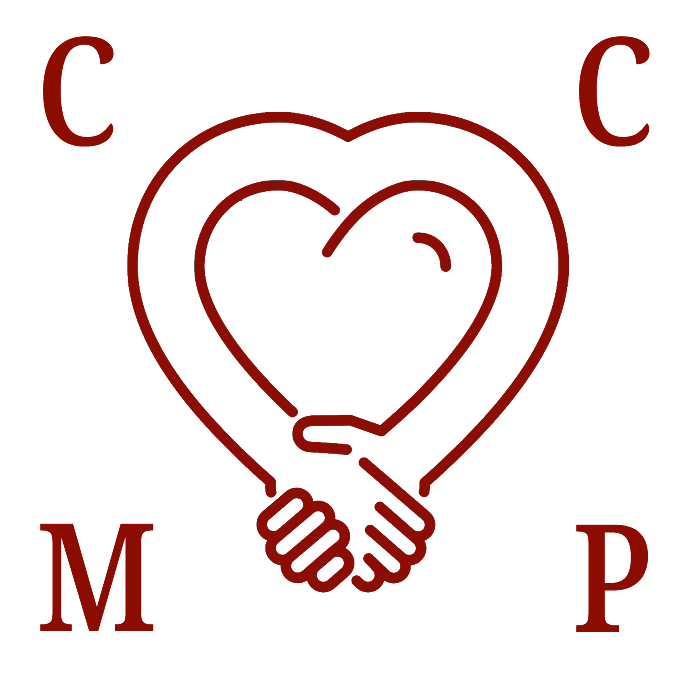The Red Caboose: A Self-Compassion Visualization to Get You Through Life's Bumps and Bruises
Some days, we wake up and get through the day mostly unscathed save a few bumps and bruises, which tend to headline our comments about the day. I have a meditation teacher who always says there is no such thing as a good or bad day, since we experience so many different emotions during the day that it would be inaccurate to let one group overshadow the other. I find this helpful on tough days. Some days, we truly do have too much coming at us, and for that there is the red caboose.
The red caboose is a visualization that I adapted from one past on to me by one of my mentors, Dr. Khazan, to whom you may have heard me mention in another excerpt. For this visualization, you can keep your eyes open or close them, whichever way makes you feel more comfortable.
Imagine you are walking though a field of grass in bare feet. Feel the leaves of grass between your feet, the warmth of the sun hanging above you, and the gentle whisp of a spring breeze. Notice the trees and their leaves, and a train off in the distance. As you approach the train settling a safe distance away, notice that there are five train cars, four regular train cars and a red caboose. Simply watch the train and notice it until you cannot see it any more. Moments later a second train passes, notice the feeling, bodily sensation or thought you are having, name it (could be any emotion anger, sadness, frustration, or a description of an image like cars stuck in traffic or even a thought such as wanting to give up), and place it on the red caboose. Watch the train pass until you cannot see it anymore. Once the train passes, another train will arrive, again notice the red caboose, notice your thought, feeling, or bodily sensation, name it, and put it on the caboose, watching it until you cannot see it anymore. Continue in this way for a short while until you feel at greater ease.
I use this practice all the time. A funny story about this practice (all though not that funny at the time) is that I found myself waiting on an air force base to take my state licensure examination to be a psychologist. The hallway I was waiting in was very narrow and noisy, and the examination room door in that hallway was so thin that I could hear the loud fan sounding hum coming off all eight obsolete computers with their microwave sized monitors.
The test proctor was two hours late, began her work by gossiping about a woman by the name of Joan, who if I understand correctly was the most incompetent woman she had ever known and will never be able to keep a man. Joan, if you are reading this, it gets better. She then blustered into the testing room, where a man and a woman were taking there exams and proceeded to fidget with my computer while muttering things loudly to herself until the computer I was to use actually shut itself down and she proclaimed that she could not assure me that any of my efforts here would result in a complete examination.
If you have ever seen an old time tea kettle, when the steam rises and blows its top off a little to let you know that it is ready, you will know what my head felt like. Though as I was imagining the tea kettle, I was also thinking how nice tea would be at a time like this. Hey, tea is basically a hug in a cup. Don’t judge me! Anyway, I thought of Dr. Khazan’s visualization. In this case, we can adapt it to the red caboose. I took this lovely woman’s musings put them on the caboose and watched the train as it passed. I noticed my anxiety about the test, named it anxiety, put it on the caboose and watched it until it passed out of my sight. By the time I was well into this practice, the test was set up. I took it feeling considerably more at ease. I passed the exam, and with great self-compassion got the heck out of there!
This practice is probably easier to use when in a neutral environment, but as noted by my experience can be utilized in even the most conflict heavy environments too. I am deeply indebted to Dr. Khazan for this one. I have used it before flights, before my first fight, in gridlocked traffic, in between seeing patients, and in the comfort of my home.
One of the necessary ingredients in self-compassion is that we use the techniques by trusting that the process as opposed to the expected gains will lead to greater well being. This is why self-compassion techniques ask us to wish for rather than demand greater well being for ourselves and others. Wishing for well being rather than demanding it is a way to demonstrate compassion towards yourself on the form of self-acceptance even when you are not feeling your best, and then allowing kindness to dress your wounds rather than serve as an apology or cover up for them.
Be kind to yourselves. Hang out with the red caboose when you need to!
365 Days of Kindness. Self Compassion. Day 6. In the Books.

